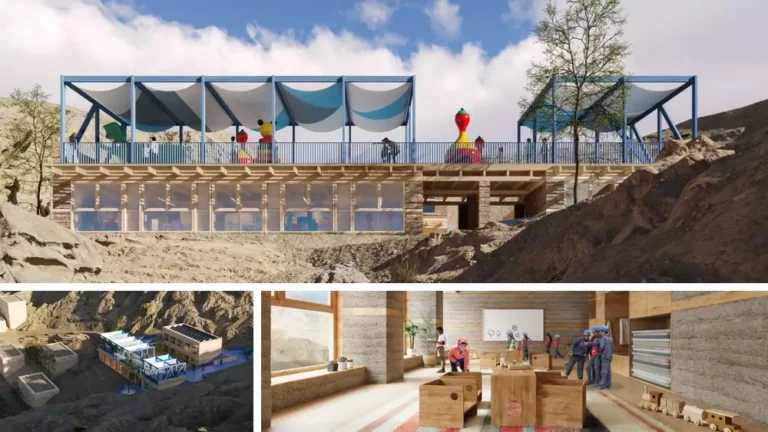Roots of identity: Embracing indigenous architecture for cultural preservation and sustainability
Honour heritage, foster sustainability, and connect communities through indigenous building wisdom

Indigenous architecture is crucial for preserving cultural heritage and identity, reflecting community stories and values. Constructive Voices describes it as involving using local materials and designs rooted in regional culture. For instance, Canada’s Wanuskewin Heritage Park showcases Northern Plains Indigenous Peoples’ history through traditional teepee-inspired buildings. These structures not only symbolise resilience but also connect people to their history.
Similarly, the Navajo Hogan, made of logs and earth, reflects the interconnectedness of humans and nature. Indigenous architecture harmonises with local contexts, emphasising a sense of belonging. Appreciating and preserving these designs is essential for future generations to maintain a connection to cultural heritage.
Indigenous architecture, rooted in sustainable practices, resilience, cultural preservation, and social cohesion, holds contemporary relevance as stated by Utilities One. It emphasises local materials and eco-friendly design, adapting to diverse conditions and preserving cultural heritage. Modern reinterpretations integrate indigenous wisdom into innovative spaces, promoting green techniques, cultural centres, and collaborative design.
Related: Green and sustainable architecture are building for a better tomorrow
Celebrating indigenous architecture extends beyond utility, serving as a conduit for cultural resurgence, sustainability, community empowerment, and the preservation of traditional knowledge. In today’s global embrace of cultural diversity and sustainability, architects blend tradition with modernity to create harmonious spaces that reflect identity, pride, and a connection to collective memories.
Eco-friendly traditional construction involves employing time-honoured building techniques and locally-sourced, renewable materials to create environmentally sustainable structures. According to Sagith Dulanjala Perera on Linked In, characteristics include a low environmental footprint, use of renewable and local materials, and energy efficiency. Its significance in sustainable development lies in mitigating climate change, conserving biodiversity, and promoting resource and community resilience.
Preserving traditional methods is vital for sustainable resource use, reducing carbon footprint, enhancing energy efficiency, minimising waste, promoting cultural identity, and supporting local economies. Overall, embracing eco-friendly construction methods offers solutions to environmental challenges, fosters resilience, and preserves cultural heritage for a sustainable and resilient future.
The Property Report editors wrote this article. For more information, email: [email protected].
Recommended
This duo is revolutionising textiles by blending traditional craft with cutting-edge design
Ausara Surface brings unconventionality and innovation to experimental textile collections
ARES White Paper Volume 3: The era of adaptive reinvention
Pioneering sustainable and innovative practices in urban development
ARES White Paper Volume 2: Unravelling the power of data revolution in real estate
Insights on proptech, smart cities, and sustainable development
ARES Digital White Paper Volume 1: The fundamentals of responsible building
Green and climate heroes join forces to discuss how Asia Pacific can weather the current environmental crises and the looming effects of climate change







